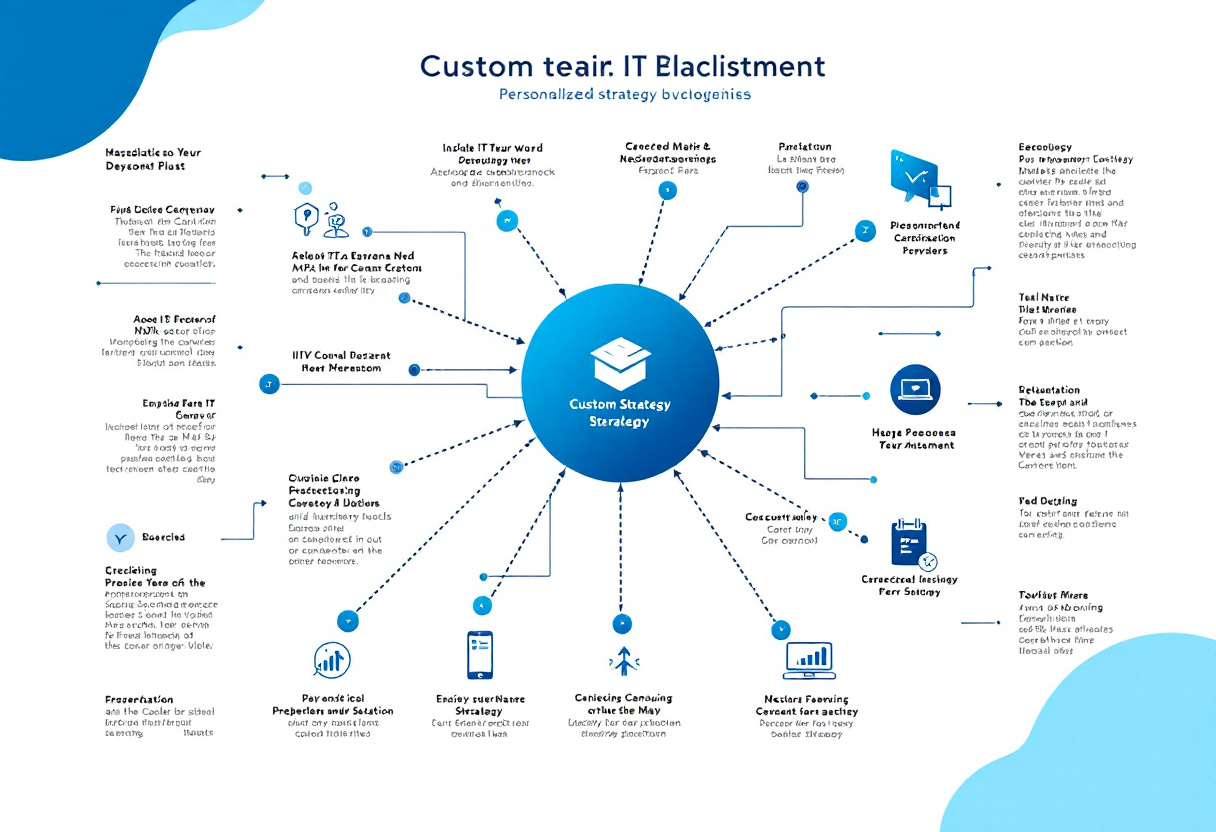Creative Problem Solving
Tailored Solutions
E-Panzer experts craft information technology solutions specifically designed to address your unique business challenges.
Trusted Expertise
Our clients rely on us to identify and resolve complex IT issues with competence and unwavering confidence.
Subject Matter Experts
10+ Years Experience
Each team member brings over a decade of cybersecurity expertise.
Fast Response
Rapid, accurate service delivery in time-sensitive situations.
Effective Solutions
Proven track record of resolving cyber-attacks efficiently.
Our Service Impact
Professional Excellence
Clients consistently praise E-Panzer's professionalism and expertise.
Dedication to Quality
Our team works tirelessly to deliver excellent results, even in challenging situations.
Efficient Problem Solving
E-Panzer quickly and effectively resolves complex IT issues, ensuring client satisfaction.

Expert Team with Extensive Experience

Expert Team
Our veteran cybersecurity professionals bring over a decade of specialized expertise to every project, ensuring world-class protection for your business.

Tailored Solutions
We craft customized IT strategies that perfectly align with your unique business challenges and security requirements, never settling for one-size-fits-all approaches.

Proactive Approach
Through continuous monitoring and rapid response capabilities, we identify and neutralize threats before they can impact your operations.

Client Satisfaction
Our excellence-driven approach has earned us a 95% satisfaction rate and long-lasting partnerships across industries.

